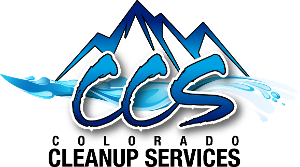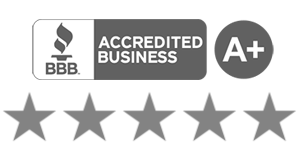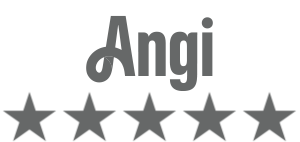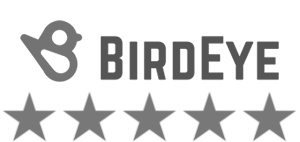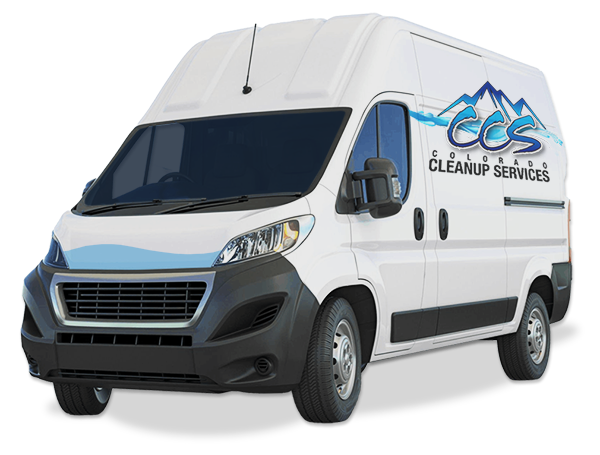Mold can start spreading in just 48 hours in wet places. It’s key to act fast when you find mold in your home. You can try removing small, harmless patches yourself. But for big problems or toxic mold, you need a pro.
If you’re tackling minor mold, be careful. The size and where it is matter a lot. You might clean mold off hard surfaces like glass or tile well enough. But, don’t touch mold in your walls or ducts. Pros know how to handle these situations without risking health.
Be extra careful if you have mold allergies or breathing issues. Stirring up spores can make these problems worse. Make sure you ventilate well and wear protection while cleaning.
Can I Remove Mold Myself?
Key Takeaways
- Mold starts spreading fast in humid spots, in 48 hours.
- For small mold areas on hard materials, DIY can work.
- Get professional help for bigger problems, mold in ducts, or hidden cases.
- People with allergies or breathing issues should skip DIY projects.
- Using the right gear and opening windows is crucial for DIY cleaning.
- Forget to fix the moisture source, and the mold will be back soon.
Understanding Mold Risks and Health Implications
Mold isn’t just ugly; it’s also bad for our health, especially for those most at risk. We’ll look at the dangers mold brings and the kinds that could be in your home.
Health Dangers of Mold
Mold can be really risky for some people. This includes babies, kids, the elderly, those with weaker immune systems, and anyone with lung issues. Symptoms might include a runny nose, coughing, and tiredness. If you are around mold a lot, you could get really sick.
Types of Mold and Their Effects
Some types are worse than others when it comes to health. For example, “black mold” and Aspergillus can give off toxic substances. These can make you have bad symptoms or even get very sick. Knowing about these molds is crucial to get rid of them safely.
Getting rid of harmful molds can help stop these health problems. If you think you have mold, it’s important to find out what kind it is. Then you can get rid of it the right way.
When Can You Remove Mold Yourself?
It’s vital to know when you can tackle mold on your own. If the mold covers less than 10 square feet and is on hard, nonporous surfaces, like glass, sinks, and tiles, you can often clean it yourself. Make sure to take safety seriously and prevent the spread of mold spores while cleaning.
Safe Scenarios for DIY Mold Removal
- Mold infestations under 10 square feet can be managed directly by homeowners.
- Non-toxic mold treatment is suitable for mold on hard, nonporous surfaces like glass, tile, and metal.
- Natural cleaning solutions such as baking soda, vinegar, and borax are recommended over bleach, given bleach’s limited effectiveness against mold.
Limitations and Precautions
Even when it seems safe to remove mold yourself, you still need to be careful:
- Ensure the area is well-ventilated to prevent spore dispersion.
- Wear protective gear, including an N-95 respirator, gloves, goggles, and disposable clothing.
- Seal off the affected area to avoid cross-contamination to uninfected areas.
- Bleach tests for mold are not always effective; using borax is recommended for thorough treatment.
- Dispose of heavily contaminated materials properly, sealing them in plastic bags to prevent spore spread.
Knowing when to DIY and when to call in professionals is crucial. Seek professional help if the mold area goes beyond 10 square feet or affects harder to reach places like HVAC systems or walls. They will ensure a safe and complete cleanup.
Essential Tools and Protective Gear for DIY Mold Removal
To remove mold yourself, you need the right tools and gear. This ensures safety for you and makes sure all mold is gone. An N-95 respirator is very important. It filters at least 95% of airborne particles, such as mold spores. It protects you from breathing in harmful spores.
You also need protective gloves. They should be made of nitrile or latex. Gloves keep mold spores off your hands. This prevents direct contact, keeping you safe. Goggles, safety glasses, and face shields are a must for your eyes and face. They protect you from the dangers of mold spores in the air.
Wearing coveralls or a protective suit is also a good idea. Use materials like Tyvek or microporous film. They stop spores from getting on your skin or clothes. Don’t forget to wear long sleeves and pants under your suit. This adds more protection against the mold.
Don’t skip the waterproof boots. They keep your feet dry and protected from mold and wet surfaces. This gear prevents spores from being carried to other places. It keeps your home safer as you work.
By using the right equipment, like the N-95 respirator and gloves, anyone can do mold removal safely. Don’t forget protective coveralls and boots. Sticking to these steps makes DIY mold removal safer and more effective. You will make your home a healthier place.
Common Mistakes in DIY Mold Removal
One big mistake in DIY mold removal is getting the type of mold wrong. Using the wrong methods can be dangerous, especially with toxic molds. This could mean the mold doesn’t completely go away. Then, professionals might need to come and make sure everything is safe and clean.
Incorrect Identification of Mold Type
Getting the mold type wrong often leads to trying ineffective ways to remove it. Some molds need specific treatments. Using the wrong one can make things worse. It’s key to know the mold type so you can pick the best way to get rid of it.
Inadequate Removal and Cleaning
Missing spots when removing and cleaning is a common mistake. People might clean the visible mold but not find hidden areas. Mold spores left behind can grow again quickly. It’s important to clean well to stop this from happening.
Ignoring Mold Sources
DIY folks sometimes forget to fix where the mold came from. Just cleaning the mold without stopping the source can lead to it coming back. Stopping the moisture that causes mold is as important as cleaning it up. This stops new mold from growing.
To sum up, not doing DIY mold removal correctly can cause more problems. It’s important to know the mold type, clean everything, and stop it from coming back. This ensures the job is done right and the mold doesn’t return.
When Should You Seek Professional Mold Remediation?
Small mold issues can be sorted out with do-it-yourself methods. Yet, in some cases, you need the pros. The EPA says pros should be called for areas over 10 square feet. This is because big mold problems can threaten health and are hard to fully remove. Mold can start growing fast, even within 48 hours of water damage. So, it’s key to act quickly and correctly.
Situations Requiring Professional Help
If you have a lot of mold, it’s in your AC, or hidden in walls, call the pros. Black mold, or Stachybotrys chartarum, is especially dangerous. It can release toxins in damp places. And sometimes, even non-toxic molds need an expert’s touch. These are molds that stay when you clean them or that are deep in surfaces.
- Infestations exceeding 10 square feet
- Mold presence in HVAC systems or structural elements
- Unknown mold types, which may pose health risks
- Households with members suffering from allergies or respiratory conditions
Benefits of Hiring Professionals
Hiring experts for mold has many pluses. They check deeply to know the mold’s type and reach. They use special tools to make sure every bit of mold is gone. Pros not only remove the visible mold. They also fix moisture problems to stop mold from coming back. They clean stuff and air, aiming for mold’s least favorite humidity level. This makes your air safer to breathe, which is great for your health.
For small mold problems, you might tackle them alone. But for big ones or for your wellbeing, let the experts handle it. Their knowledge and tools are key for keeping mold at bay.
Conclusion
Getting rid of mold can be done both by yourself or through experts. This choice depends on how bad the mold is and what kind it is. For small areas with non-toxic mold, doing it yourself can be smart and cheaper. Make sure to prepare well. This means wearing the right protective gear like an N-95 mask, gloves, and goggles that don’t have holes. The EPA suggests these steps. Also, opening windows and using natural cleaners keeps your house safe from mold.
But, doing it yourself has its limits. If the mold is bigger than 10 square feet, in air systems, or hidden in walls, it’s time to call in the pros. This is even more important if you don’t know the mold’s type or if someone in your family gets sick easily. Experts will clean it up right, checking every corner to stop it from coming back. This keeps your family safe.
While small mold spots can sometimes be managed at home, for big problems, it’s best to get help. Professional help might cost more, but it’s worth it for your family’s health and for a lasting fix. Going pro focuses on keeping your home safe and clean, showing the value of smart choices when dealing with mold.
Denver Clean-up & Restoration Services
With over 150 years of combined experience, the Colorado Cleanup Services, Inc. team has the knowledge, skill, and commitment necessary to handle any emergency cleanup services you may require. From flood and fire damage restoration to sewage backup, and coronavirus cleanup services in Denver, CO, you can always turn to us when you need deep, disinfecting cleaning for your home or business.
Family-owned and operated, our cleaning company is proud to provide the services of trained and certified technicians to all our clients. Our impressive team knows what it takes to return damaged properties to their original condition with the highest level of professionalism. Don’t settle for anything less when you require high-quality disaster recovery services. Our team is available 24 hours a day, 7 days a week to ensure you receive the help you need when you need it give us a call: 303-237-4406.
